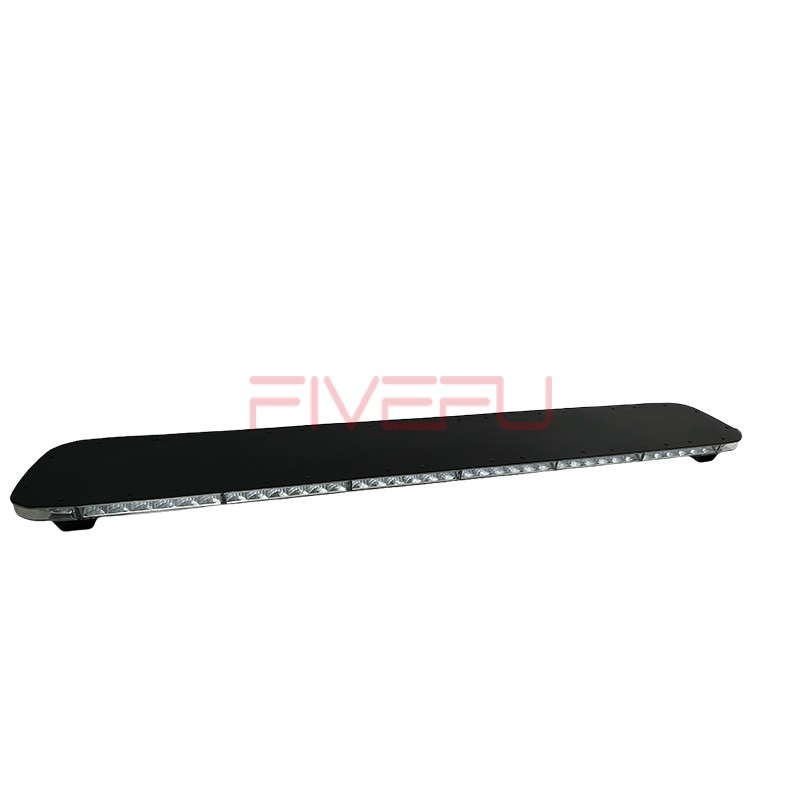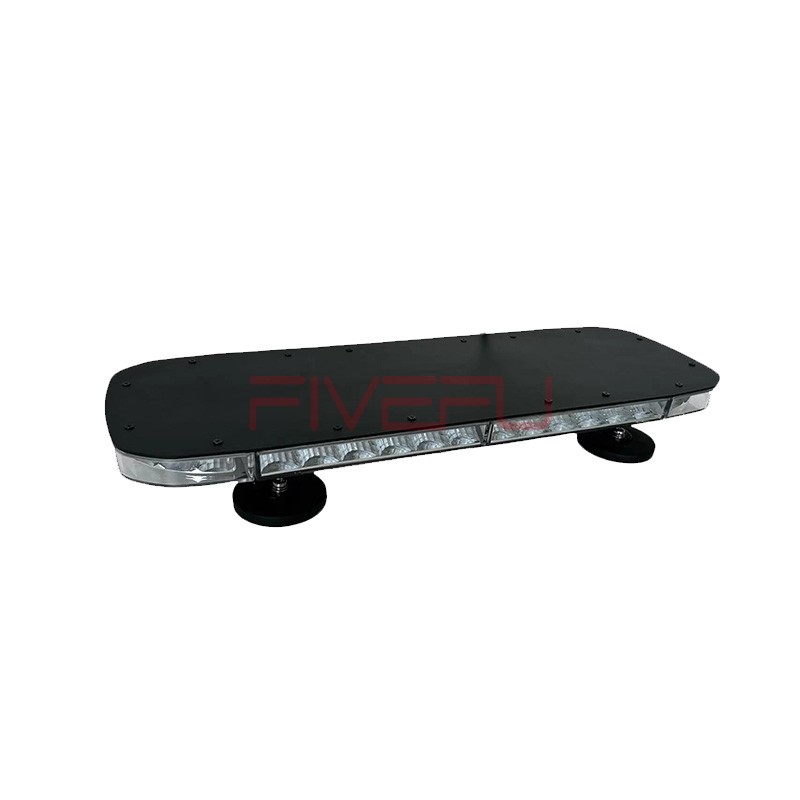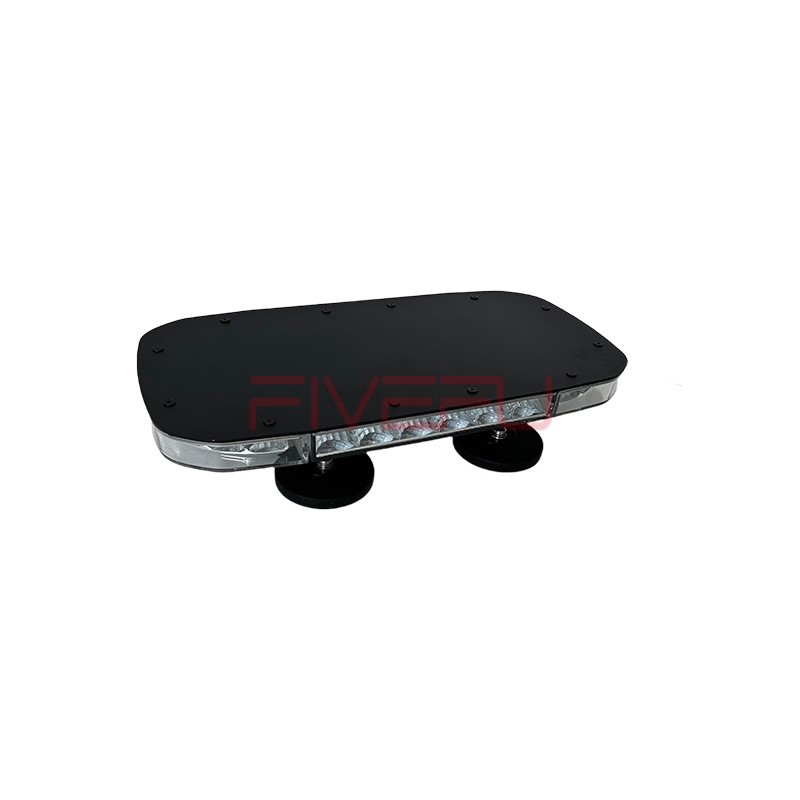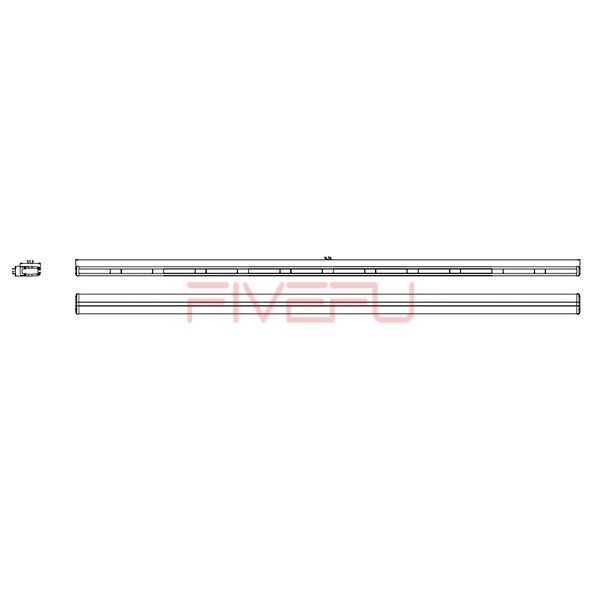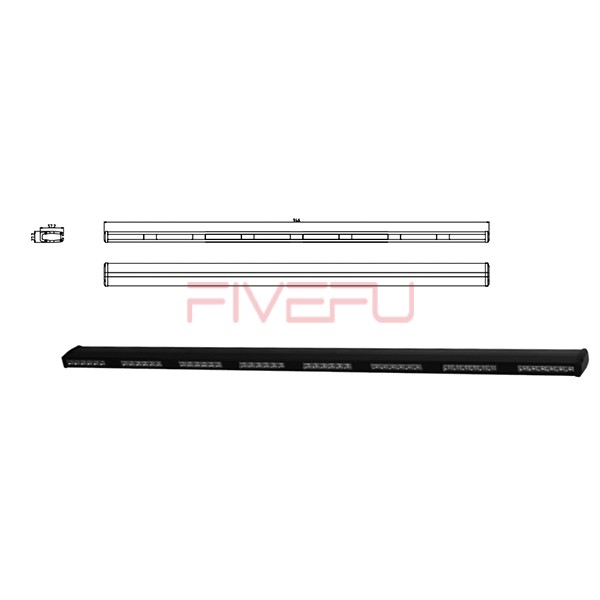Car owners worry about dim headlights reducing visibility and increasing accident risk. Poor lighting also leads to failed inspections. Upgrading to LED lights offers safer, longer-lasting illumination.
Yes, you can replace most car lights with LED, but compatibility matters. Ensure the LED bulbs match your vehicle’s socket type, fit housing properly, comply with local road laws, and support CanBus systems to avoid dashboard errors. Proper installation is required for optimal performance and safety.
LEDs improve visibility, but making the right choice requires key understanding. Keep reading to learn details.
What Are LED Car Lights?
LED (Light Emitting Diode) car lights use semiconductor technology to produce bright illumination with minimal energy consumption. Compared with traditional halogen bulbs that rely on heating filaments, LEDs convert more electrical energy into visible light, reducing wasted heat. This results in brighter lighting output, consistently stable color temperature, and longer lifespan. LEDs also illuminate instantly, allowing faster driver response in critical situations such as braking at high speed or avoiding obstacles at night.
LED lighting technology has evolved significantly over the last decade. Modern automotive LEDs now support a full range of vehicle lighting applications — headlights (low beam and high beam), turn signals, tail lamps, daytime running lights (DRL), fog lamps, license plate lighting, and interior ambient illumination. Their compact structure enables more advanced lighting designs like laser-cut beams, adaptive headlights, and stylish signature light bars that enhance vehicle aesthetics.
However, LED headlight kits are not always “plug-and-play.” Halogen reflector housings are designed for filament bulb light patterns. If LED chips do not replicate that focus point, glare may occur, impacting oncoming driver visibility. Therefore, quality LEDs should adopt precise beam-forming technology. Vehicle owners must also check coverage regulations, as certain regions only approve LED headlights when certified for road use. In short, LED brings major lighting improvements, but correct product selection is essential.
What Are the Main Advantages of LED Car Lights?
LED automotive lighting offers several performance advantages:
-
Brighter and clearer visibility: LEDs produce a crisp white beam that enhances road detail recognition, especially in rain, fog, or low-light environments.
-
Energy efficiency: LEDs draw much less power from the electrical system, benefiting hybrid or EV driving range.
-
Long lifespan: Typically lasting 20,000–50,000 hours, LEDs reduce maintenance costs and the need for frequent bulb replacements.
-
Instant response: LED brake lights illuminate faster than halogens, providing extra milliseconds for trailing drivers to react.
-
Heat management: Good LEDs include efficient cooling systems (heat sink + fan) to prevent overheating and performance drop.
-
Stylish appearance: Modern LED designs match the latest automotive trends and increase vehicle value.
These advantages make LEDs one of the most attractive upgrade options for both new and older vehicles.
Are LED Lights Legal for Road Use?
Legality depends heavily on:
-
Certification
-
DOT (USA), ECE (Europe), SAE or equivalent markings indicate compliance with road standards.
-
-
Beam pattern control
-
If LED bulbs scatter light in reflector housings, they may be considered unsafe and illegal.
-
-
Local laws
-
Some regions only permit LEDs installed originally by manufacturers.
-
Colored front lighting (e.g., blue/purple) may be prohibited.
-
Before upgrading, vehicle owners should check state/provincial codes and ensure the LEDs are specifically tested for road legality. Online product listings should clearly state compliance certifications. Failure to use street-legal bulbs may lead to fines or vehicle inspection failure.
What Technical Factors Should I Check Before Replacing?
To ensure proper compatibility and performance, evaluate these key factors:
| Factor | Why It Matters |
|---|---|
| Bulb size/socket type (H4, H7, 9005, etc.) | Must match original bulb interface |
| CanBus compatibility | Avoid dashboard bulb-out warnings |
| Cooling solution | Ensures long-term brightness stability |
| Lumens and color temperature | Balanced bright output without glare (4000–6500K recommended) |
| Beam pattern | Proper cut-off avoids blinding others |
| Voltage range | Works with your system (12V or 24V) |
| Waterproof and durability ratings | Better performance in harsh environments |
Choosing a reliable supplier with automotive-grade LEDs ensures safer usage and legal compliance.
Can I Install LED Lights Myself?
DIY installation is possible if you follow safety guidelines:
-
Disconnect the battery before replacing headlights.
-
Wear gloves to avoid contaminating lenses.
-
Insert bulbs securely and adjust beam alignment.
-
Test on a wall to ensure a clean cut-off line.
-
Avoid touching cooling fans or heat sinks during operation.
However, if your vehicle requires projector conversion, wiring relay harnesses, or headlight leveling adjustment, professional installation is recommended. This guarantees compliance with inspection standards and avoids electrical issues.
Why LED Headlights May Not Be Suitable for Every Vehicle
While LEDs offer many benefits, there are limitations:
-
Some older reflector housings cannot deliver safe beam control.
-
Poor-quality LEDs overheat and fail prematurely.
-
Cheap products may flicker or interfere with radio signals.
-
Warranty could be affected if modifications violate OEM policies.
Therefore, careful product selection and compliance checking remain crucial before upgrading.
Final Summary
LED upgrades boost brightness and safety, but proper compatibility, legality, and quality are essential for best results.

